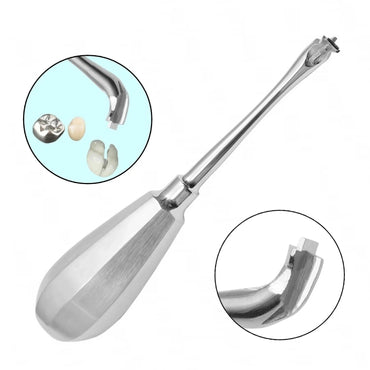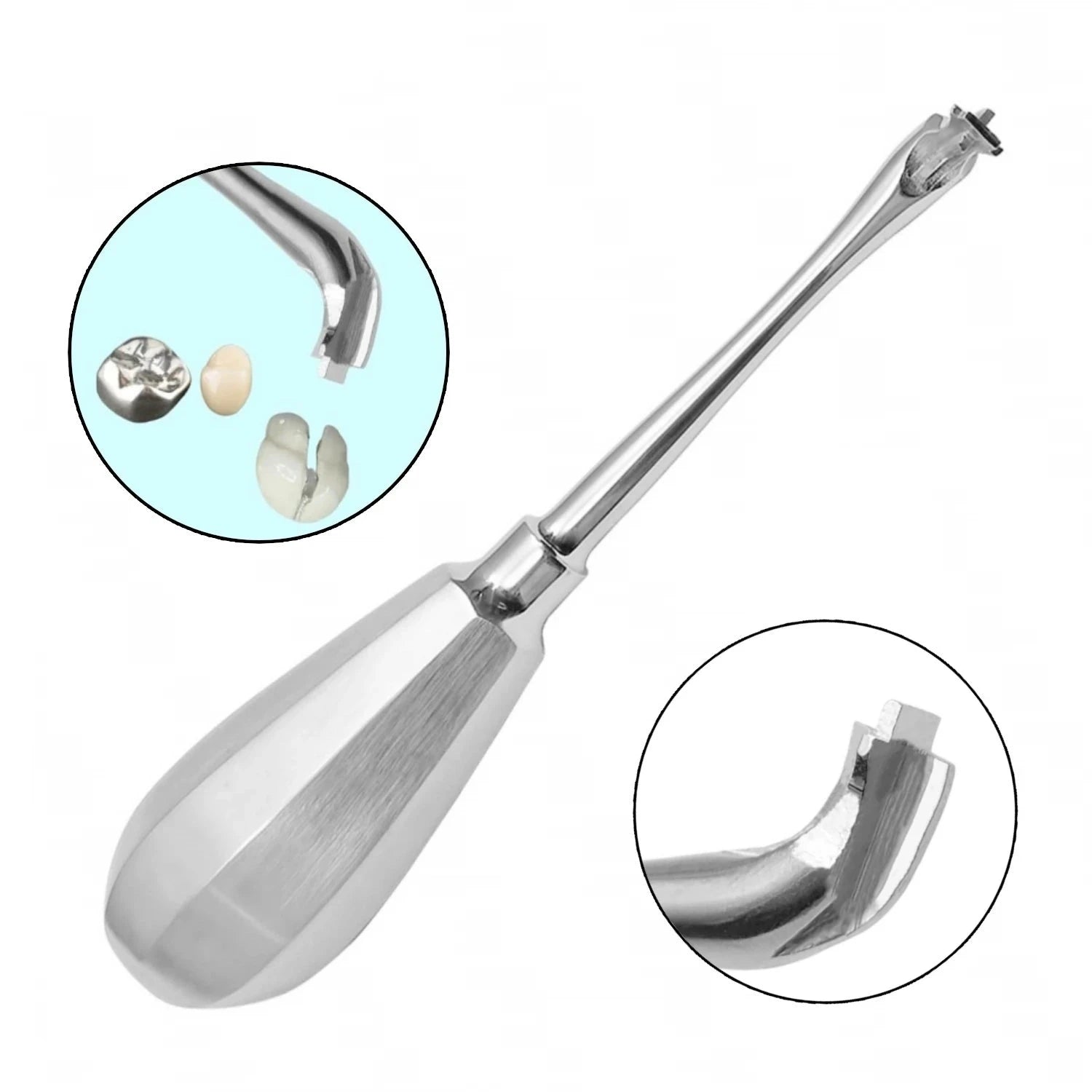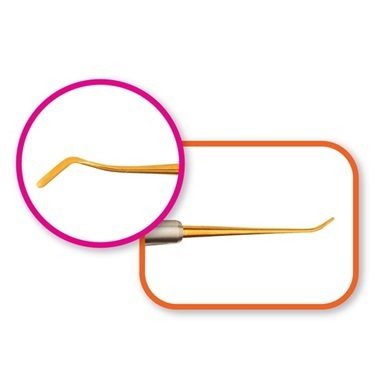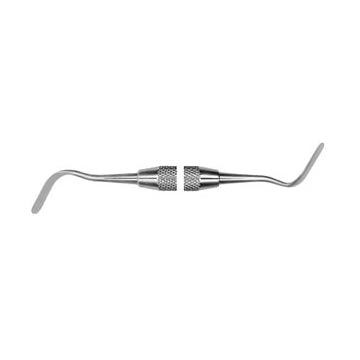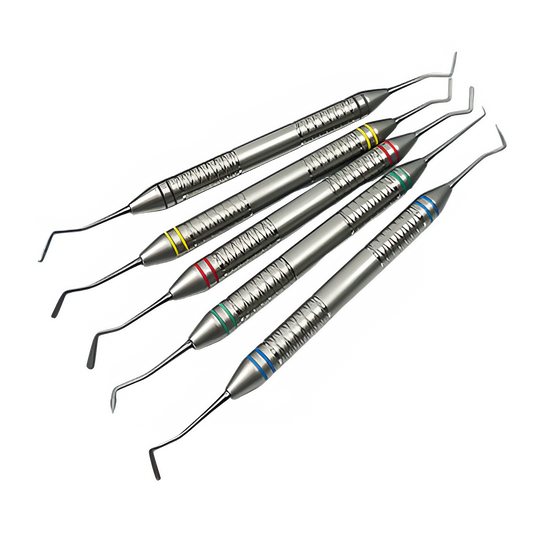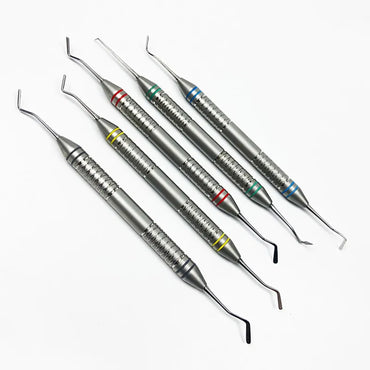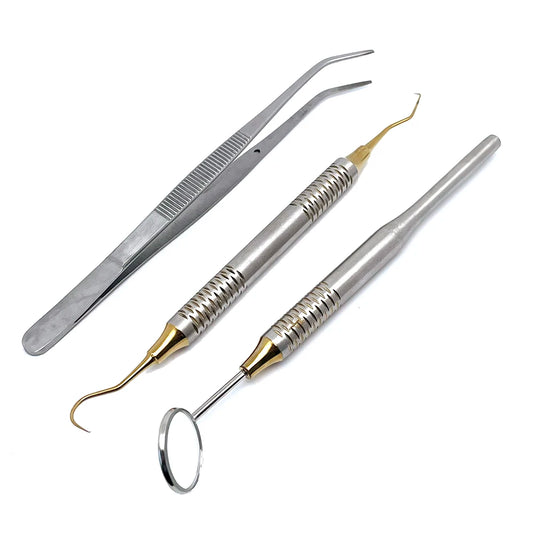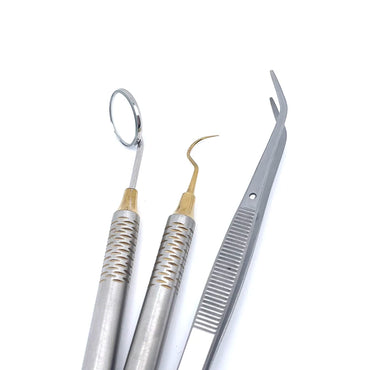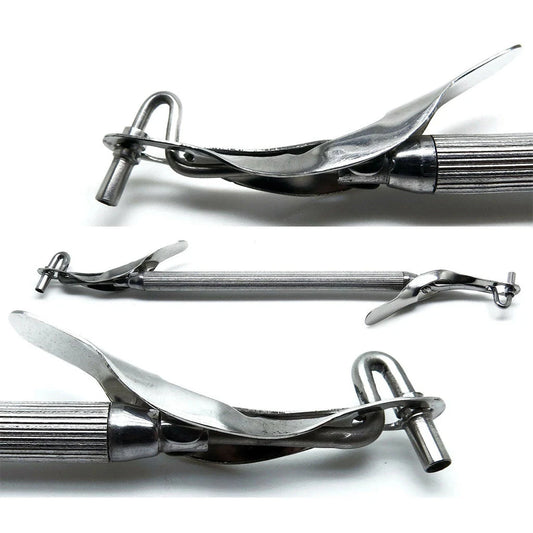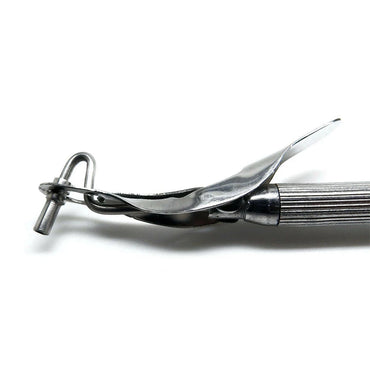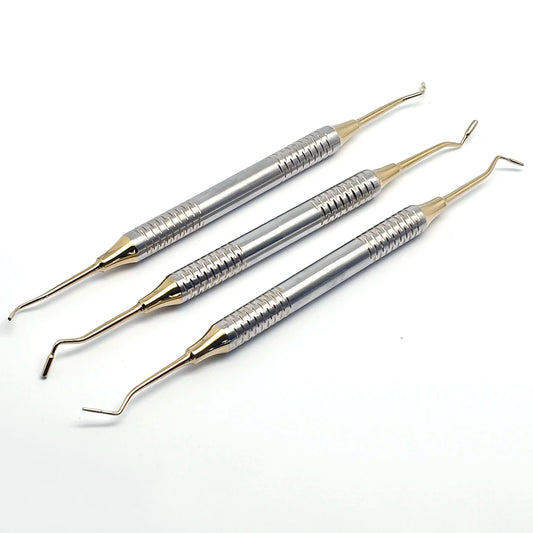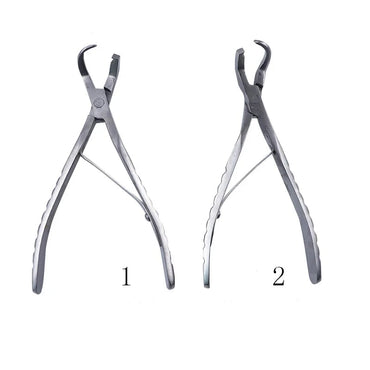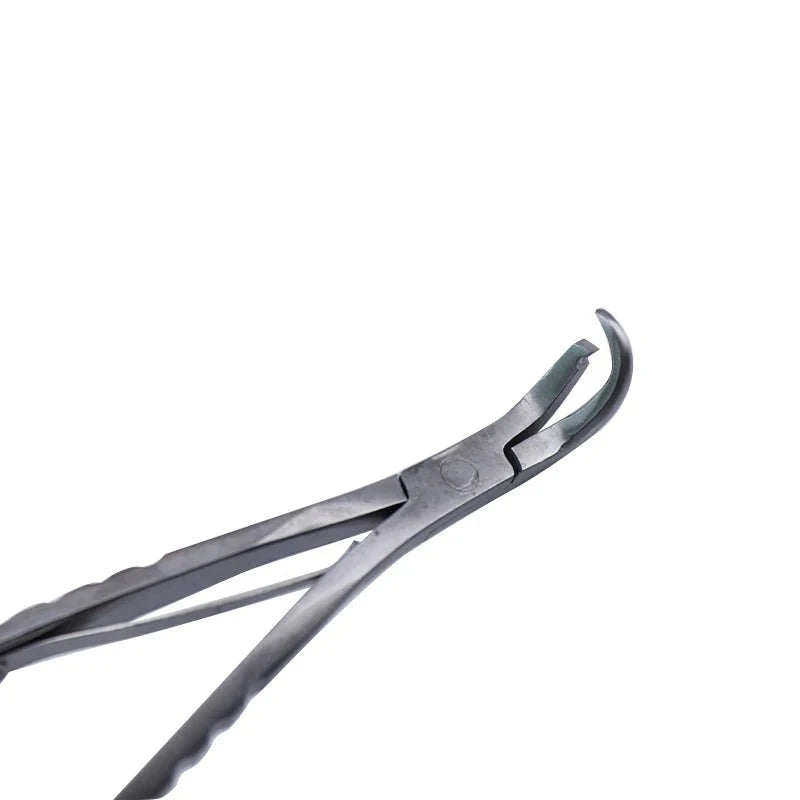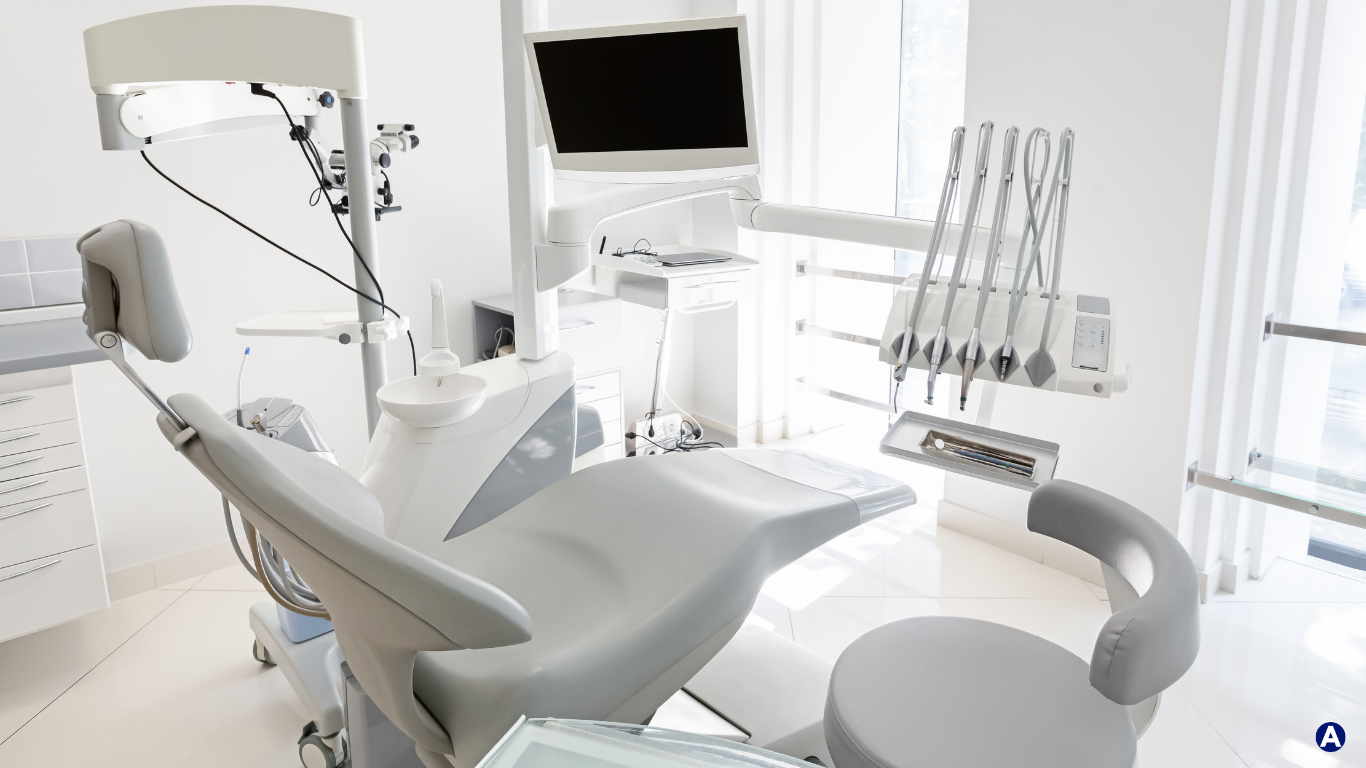Dental crown cementation is a crucial step in restorative dentistry, ensuring long-lasting and stable prosthetic restorations. Achieving optimal bonding between the crown and the tooth is essential for the success of the procedure. However, it can sometimes be challenging due to various factors such as moisture control, surface preparation, and choice of cement. In this blog post, we'll explore some expert tips and tricks to enhance bonding in dental crown cementation, helping you achieve superior clinical outcomes.
1. Comprehensive Preoperative Assessment:
Before proceeding with crown cementation, conduct a thorough preoperative assessment of the tooth and surrounding tissues. Evaluate the tooth structure, presence of caries, fractures, and any signs of inflammation. Addressing any underlying issues beforehand ensures a stable foundation for the crown and promotes better bonding.
2. Optimal Moisture Control:
Moisture contamination is a common challenge during crown cementation and can compromise bonding strength. Utilize effective isolation techniques such as rubber dam placement or use of absorbent materials to control moisture in the operating field. Additionally, employing moisture control agents like retraction cords impregnated with astringents can help achieve a dry field for bonding procedures.
3. Precise Tooth Preparation:
Proper tooth preparation is essential for facilitating adequate retention and marginal integrity of the crown. Ensure precise reduction of the tooth structure according to the specific guidelines for the chosen restorative material. Smooth and well-defined margins promote better adaptation of the crown and enhance bonding with the cement.
4. Surface Conditioning:
Effective surface conditioning of both the tooth and the crown is paramount for optimal bonding. Use appropriate conditioning agents such as dental adhesive systems or primers tailored to the selected cement type. Follow manufacturer recommendations regarding application techniques and curing protocols to maximize bonding efficacy.
5. Selection of Cement:
Choosing the right cement is critical for achieving reliable bond strength and long-term restoration success. Consider factors such as the type of restoration, esthetic requirements, and substrate compatibility when selecting the cement. Adhesive resin cements offer excellent bond strength and versatility for various clinical situations, while glass ionomer cements may be preferred for their fluoride release and biocompatibility in certain cases.
6. Proper Cementation Technique:
Adhere to proper cementation protocols to ensure optimal bonding between the crown and the tooth structure. Apply the cement in a thin, uniform layer to minimize voids and ensure complete coverage of the internal surfaces. Use appropriate seating and luting techniques, such as finger pressure or mechanical seating aids, to achieve intimate contact between the crown and the prepared tooth.
7. Postoperative Evaluation and Maintenance:
After cementation, conduct thorough postoperative evaluations to confirm the integrity of the restoration and bonding interface. Check for any signs of marginal leakage, occlusal discrepancies, or discomfort experienced by the patient. Provide appropriate postoperative instructions for oral hygiene maintenance and schedule regular follow-up visits to monitor the longevity of the restoration.
Achieving optimal bonding in dental crown cementation requires attention to detail, proper technique, and the use of quality materials. By implementing the expert tips and tricks outlined in this blog post, you can enhance bonding efficacy, improve restoration longevity, and ensure patient satisfaction. Stay updated with advancements in dental materials and techniques to continuously refine your cementation protocols and deliver superior clinical outcomes in restorative dentistry.







